新書推薦:
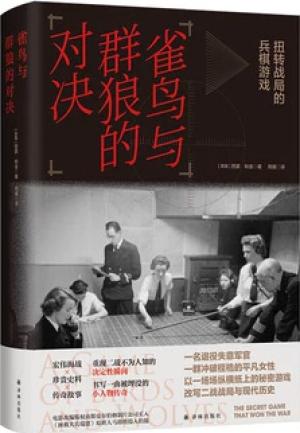
《
雀鸟与群狼的对决:扭转战局的兵棋游戏
》
售價:HK$
96.8
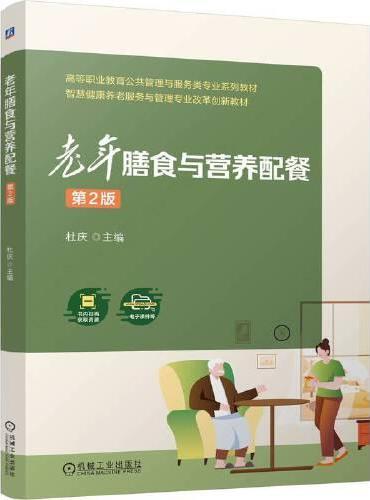
《
老年膳食与营养配餐 第2版
》
售價:HK$
49.5

《
中国丝绸艺术大系·广东省博物馆卷
》
售價:HK$
1078.0

《
海外中国研究·中国乐书:从战国到北宋
》
售價:HK$
162.8

《
明代赋役与白银——梁方仲著作集
》
售價:HK$
79.2
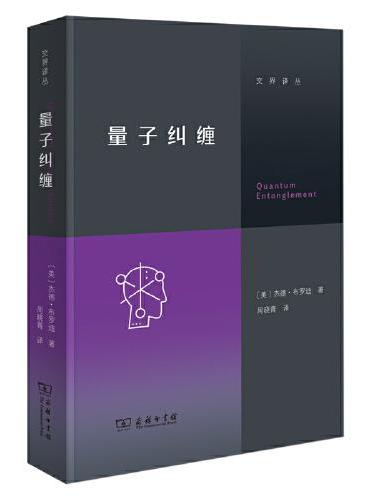
《
量子纠缠
》
售價:HK$
63.8
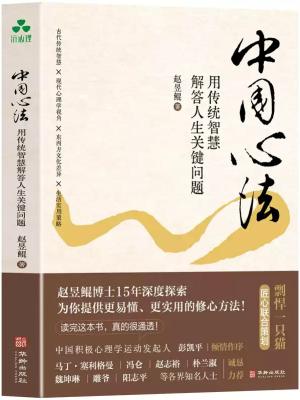
《
中国心法:用传统智慧解答人生关键问题
》
售價:HK$
97.9
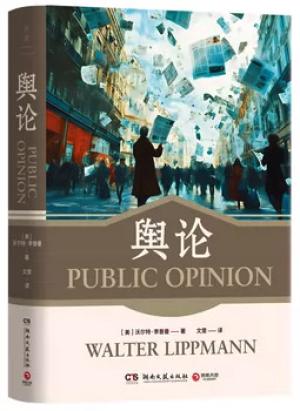
《
舆论(普利策奖得主、“现代新闻学之父”沃尔特·李普曼传播学经典)
》
售價:HK$
74.8
|
| 編輯推薦: |
本书内容包括便条、邀请函、书信、段落、文章写作和常用修辞手段介绍。如果读者按照本书的内容循序渐进,必定会在英语写作方面有所突破。
《英语写作阶梯》分为5章内容,适合从事相关研究工作的人员参考阅读。
|
| 內容簡介: |
|
本书根据最新《高等学校英语专业英语教学大纲》中四级的写作要求编写。内容包括便条、邀请函、书信、段落、文章写作和常用修辞手段介绍。如果读者按照本书的内容循序渐进,必定会在英语写作方面有所突破。《英语写作阶梯》可作为英语专业一年级下和二年级上的学生教材,也可供具有一定英语基础并希望在英语写作方面有所提高的读者学习。各章的部分练习参考答案可在上海交通大学出版社的官方网页上搜索。
|
| 目錄:
|
Chapter I Notes and Invitation Cards
1.1 Note Writing
1.1.1 Definition and Features
1.1.2 Composition
1.1.3 Notes for Various Purposes
1.2 Invitation Cards
1.2.1 Content and Form
1.2.2 Requirements for Writing
Exercises
Chapter II Lette
2.1 The Format of Lette
2.1.1 Addressing Envelopes
2.1.2 The Format of a Letter
2.1.3 The Composition of a Letter
2.2 Social Lette
2.2.1 Lette of Apologies
2.2.2 Lette of Congratulatio
2.2.3 Lette of Thanks
2.2.4 Lette of Sympathy and Condolences
2.2.5 Lette of Invitation
2.2.6 Lette of Introduction
2.2.7 Lette of Informal Discussion
2.2.8 Lette of Keeping Correspondence
2.3 Business Lette
2.3.1 Lette of Inquiry and Request
2.3.2 Lette of Complaint
2.3.3 Lette of Application
Exercises
Chapter III Paragraphs
3.1 Structure
3.1.1 The Topic Sentence
3.1.2 Supporting Sentences
3.1.3 The Concluding Sentence
3.2 Unity
3.3 Coherence
3.3.1 Sequence
3.3.2 Cause or Reason
3.3.3 Result
3.3.4 Illustration
3.3.5 Comparison
3.3.6 Contrast
3.3.7 Concession
3.3.8 Traition
3.3.9 Condition
3.3.10 Exception
3.3.11 Purpose
3.3.12 Place
3.3.13 Restatement
3.3.14 Feelings
3.3.15 Conclusion
3.3.16 Time
3.4 Ways of Developing Paragraphs
3.4.1 Narration
3.4.2 Description
3.4.3 Listing
3.4.4 Illustration
3.4.5 Process Analysis
3.4.6 Comparison and Contrast
3.4.7 Cause and Effect
3.4.8 Definition
3.4.9 Division and Classification
3.4.10 Argumentation
Exercises
Chapter IV Essays
4.1 Structure
4.1.1 Paragraphs Veus Essays
4.1.2 The Title
4.1.3 The Thesis Statement
4.1.4 The Introduction
4.1.5 The Body
4.1.6 The Conclusion
4.2 Modes of Writing
4.2.1 Narration
4.2.2 Description
4.2.3 Exposition
4.2.4 Argumentation
Exercises
Chapter V Rhetorical Devices
5.1 Phonetic Devices
5.1.1 Alliteration
5.1.2 Coonance
5.1.3 Assonance
5.1.4 Rhyme
5.1.5 Onomatopoeia
5.2 Semantic Devices
5.2.1 Simile
5.2.2 Metaphor
5.2.3 Metonymy
5.2.4 Synecdoche
5.2.5 Traferred Epithet
5.2.6 Synaesthesia
5.2.7.Analogy
5.2.8 Peonification
5.2.9 Zoosemy
5.2.10 Allusion
5.2.11 Litotes
5.2.12 Euphemism
5.2.13 Hyperbole
5.2.14 Oxymoron
5.2.15 Paradox
5.2.16 Zeugma
5.2.17 Pun
5.2.18 Parody
5.2.19 Paregmenon
5.3 Syntactic Devices
5.3.1 Loose Sentence
5.3.2 Periodic Sentence
5.3.3 Inveion or Anastrophe
5.3.4 Repetition
5.3.5 Epanalepsis
5.3.6 Antimetabole
5.3.7 Anaphora
5.3.8 Antithesis
5.3.9 Parallelism
5.3.10 Palindrome
5.3.11 Gradatio
5.4 Stylistic Devices
5.4.1 Climax
5.4.2 Anticlimax or Bathos
5.4.3 Rhetorical Question or Erotema
Exercises
|
|









